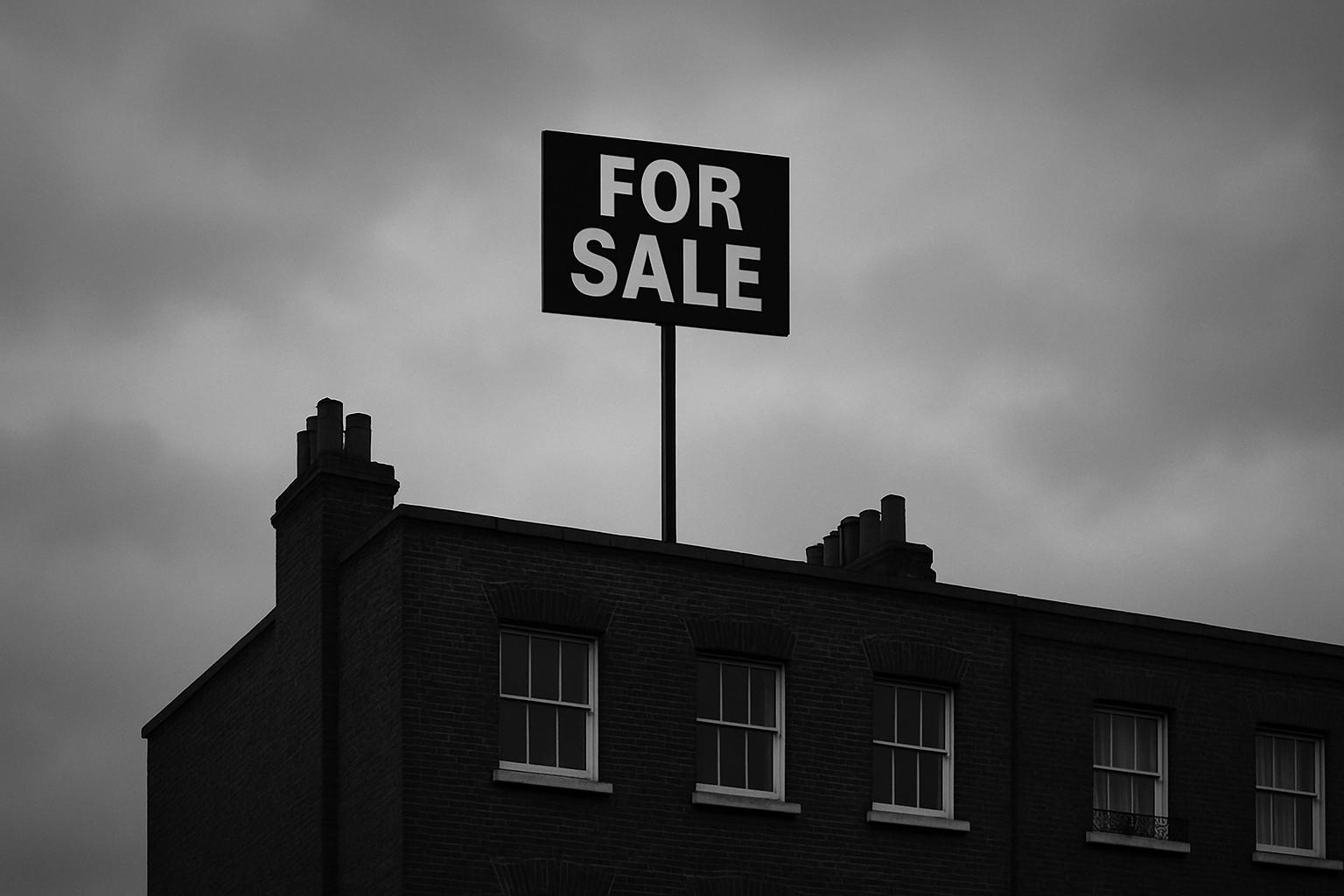From the elegant Georgian squares to the outer boroughs of London, the capital’s property market is enveloped in a deep chill. According to the latest official data, house price growth in London has nearly stalled, recording a mere 0.7 percent increase year-on-year—the poorest performance across the UK. Sellers are increasingly slashing asking prices to attract buyers, but properties linger on the market for longer periods, signalling a market in distress.
This muted activity owes much to mounting speculation around Chancellor Rachel Reeves’s forthcoming autumn Budget, which has unsettled both buyers and sellers. Amid whispers that stamp duty—a long-standing levy on property transactions—could be scrapped in favour of an annual property tax on homes valued over £500,000, the market has paused in anticipation. Given London’s average property price now stands at approximately £561,000, double the national average, such a move could broadly impact homeowners. Adding to the uncertainty is talk of removing capital gains tax relief on pricier homes, a change that would impose taxes on profits from the sale of main residences, currently exempt. As one agent observed, buyers are “waiting it out,” hesitant to commit until after the Budget, while sellers grapple with extended sales timelines and sharp price discounting.
These tax concerns are compounding pre-existing structural issues. The abolishment of the non-dom tax regime has driven many affluent individuals to relocate abroad, notably to Dubai, reducing the number of high-end buyers in London. Property affordability has deteriorated markedly, particularly in the capital and South East where prices now hover at 10 to 11 times median earnings, severely limiting the buyer pool. Industry experts note that London’s property market has underperformed other UK regions for nearly a decade, a trend intensified by rising mortgage costs since 2022 and depressed activity from international buyers.
Prime central London’s luxury segment epitomises the downturn. According to property analysts, prices in areas like Mayfair, Belgravia, and Knightsbridge are down by 22 percent from their 2014 peaks, and high-value homes face an unprecedented glut. Notably, transaction volumes for homes priced between £3 million and £8 million have dropped by 10 percent year-on-year, with many requiring significant price reductions to attract buyers. Estate agents describe what was once a buoyant market as now “suspended,” characterised by a mismatch of buyers and sellers, many of whom can afford to delay selling in hopes of better market conditions.
Despite this, there remain pockets of robust activity, especially in more affordable and suburban postcodes like Abbey Wood, Leyton, and Walthamstow, where over half of homes listed are under offer. These areas contrast sharply with luxury districts such as Mayfair and Chelsea, where less than 15 percent of properties have buyers. Domestic cash purchasers are increasingly dominant, with foreign buyers significantly less active than in previous years. Competitive pricing is prompting sporadic bidding wars and rapid sales in certain suburbs preferred by families.
The broader UK housing landscape mirrors London’s challenges, albeit less pronouncedly. Recent market data shows the average UK property asking price has declined marginally by 0.1 percent over the past year, largely due to a 9 percent increase in homes for sale in southern England where affordability pressures are most acute. Alongside this, rental markets have seen slower growth, with average rents up 2.4 percent annually—the slowest rise in four years—reflecting greater rental supply and changing demand dynamics. Economic growth plateaued in July, and the Bank of England’s policy stance suggests interest rates will remain stable in the near term, with potential cuts not expected until spring 2026.
Experts forecast slower house price growth nationally, with London’s rate now expected to increase by under 2 percent this year—down from earlier predictions. This moderation is attributed in part to political uncertainty and looming tax changes that may disproportionately affect high-value properties. The rising stamp duty thresholds introduced in recent months, including an increase in rates for second homes, have further complicated the market, aiming to mobilise more transactions but raising costs for many buyers.
In summary, London’s property market faces a multifaceted downturn driven by impending tax policy changes, entrenched affordability constraints, and diminished international buyer interest. While some suburban and more affordable areas continue to witness brisk activity, the overall capital market remains cautious, with many stakeholders awaiting government clarity post-Budget before making decisions. This uncertain environment has led to longer sales cycles, reduced prices especially at the high end, and a cautious optimism that any revival will depend significantly on fiscal and regulatory signals from policymakers.
📌 Reference Map:
- Paragraph 1 – [1], [4]
- Paragraph 2 – [1], [3], [5]
- Paragraph 3 – [1], [6], [3]
- Paragraph 4 – [1], [3], [6]
- Paragraph 5 – [1], [3], [4]
- Paragraph 6 – [2], [3], [4]
- Paragraph 7 – [2], [3], [5], [4]
- Paragraph 8 – [1], [2], [3], [4], [5], [6]
Source: Noah Wire Services
